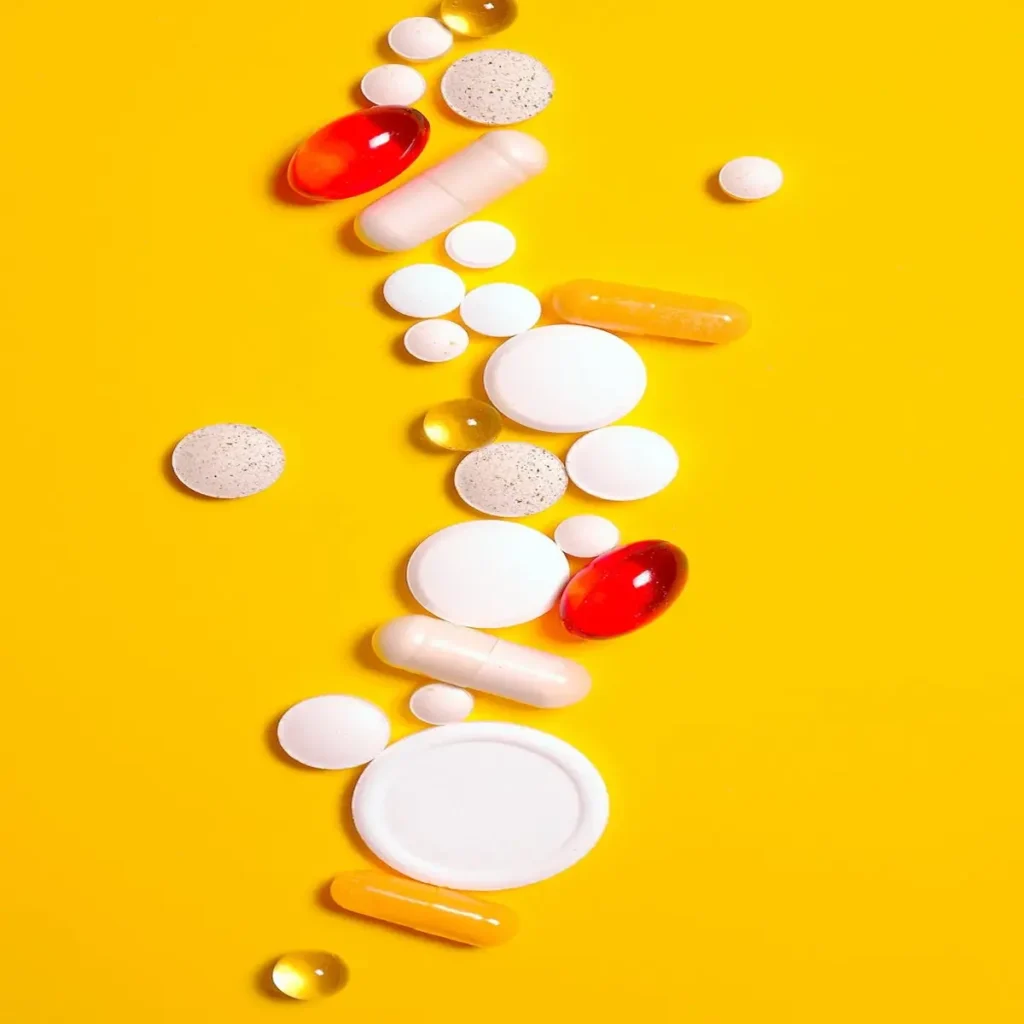
Essential drugs concept is a pharmaceutical and public health approach for common peoples and primary healthcare.
Essential drugs concept
It is a pharmaceutical and public health approach that identifies and prioritizes a limited number of essential drugs, which are chosen based on their safety, efficacy, quality and cost-effectiveness for primary healthcare needs of a population. World Health Organization declare some guidelines for essential drugs.
What are guidelines for essential drugs?
- The complete data of clinical studies about the efficacy and safety should be available.
- Data of these drugs should be available in a form, which contain the data of quality control, stability, storage conditions.
- In case two or more similar medicines choice should be made on the basis of their safety, quality, price and availability. The price of drugs is major condition.
- Essential drugs should be selected considering their pharmacokinetic properties, including how the body absorbs, distributes, metabolize, and excretes the drug.
- Some essential drugs should be selected by the availability of local facilities for manufacturing and storage.
- Essential drugs based on the treatment or diagnosis guidelines.
To guide the member countries in 1977 WHO introduce with a list of essential drugs is base of dosage form.
In 1996 India introduce national list of essential drugs. This list contains 348 types of medicines, which should be available all time in healthcare needs for general population.
What are essential drugs?
According to World Health Organization 1977, the essential drugs or medicines are those that satisfy the priority of public healthcare.
What is the importance’s of essential drugs?
- Can full fill the healthcare needs.
- It improves the availability of medicines.
- Essential medicines can satisfy the public needs in low cost.
- These drugs can save lives and improve health.
What are the 3 important aspects of essential medicines?
3 important aspects of essential medicines are prescription drugs, non-prescription drugs and orphan drugs.
What are prescription drugs?
The drugs which are dispensed to patient by following a registered medical practitioner prescription.
What are non-prescription drugs?
Some of drugs don’t have much harmful side effect can be dispensed without prescription called as non-prescription drugs. Examples, simple analgesic like paracetamol, antacids, vitamins etc.
Non-prescription drugs also known as over the counter drugs or OTC (over the counter) drugs. These drugs may be available in grocery stores.
What are Orphan drugs?
The drugs or biological products used for diagnosis, treatment or prevention of rare disease or condition. Orphan drugs are mainly developed for poor countries. Some examples of orphan drugs are, Sodium nitrate, Amphotericin-B, rifabutin and digoxin etc.
What are the advantages of orphan drugs?
- Orphan drugs can be life saving for some patient.
- Developed countries provided benefits like, tax saving to pharmaceuticals companies for developing and marketing.
- Available in low cost.
What are the disadvantages of orphan drugs?
- May be difficult to obtain as medical product.
- Small size of clinical trials for orphan drugs development.
